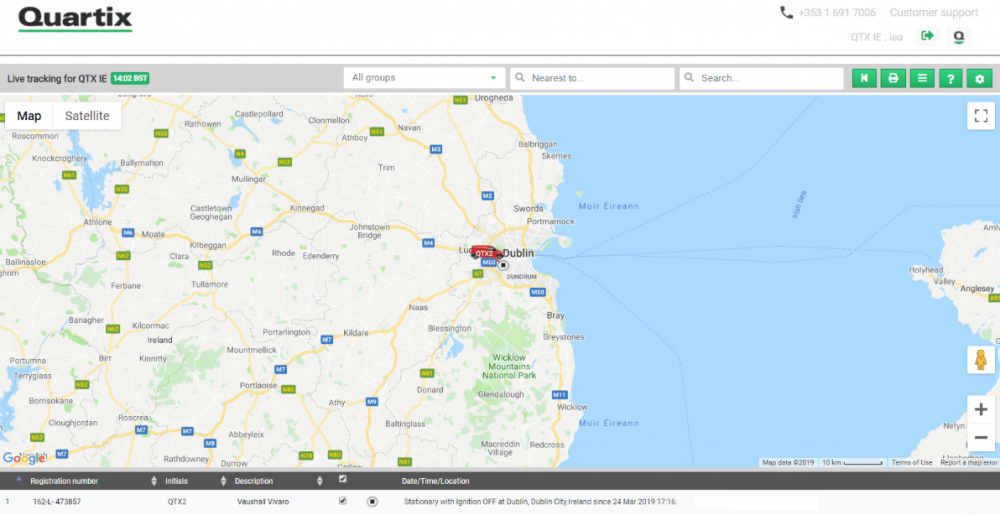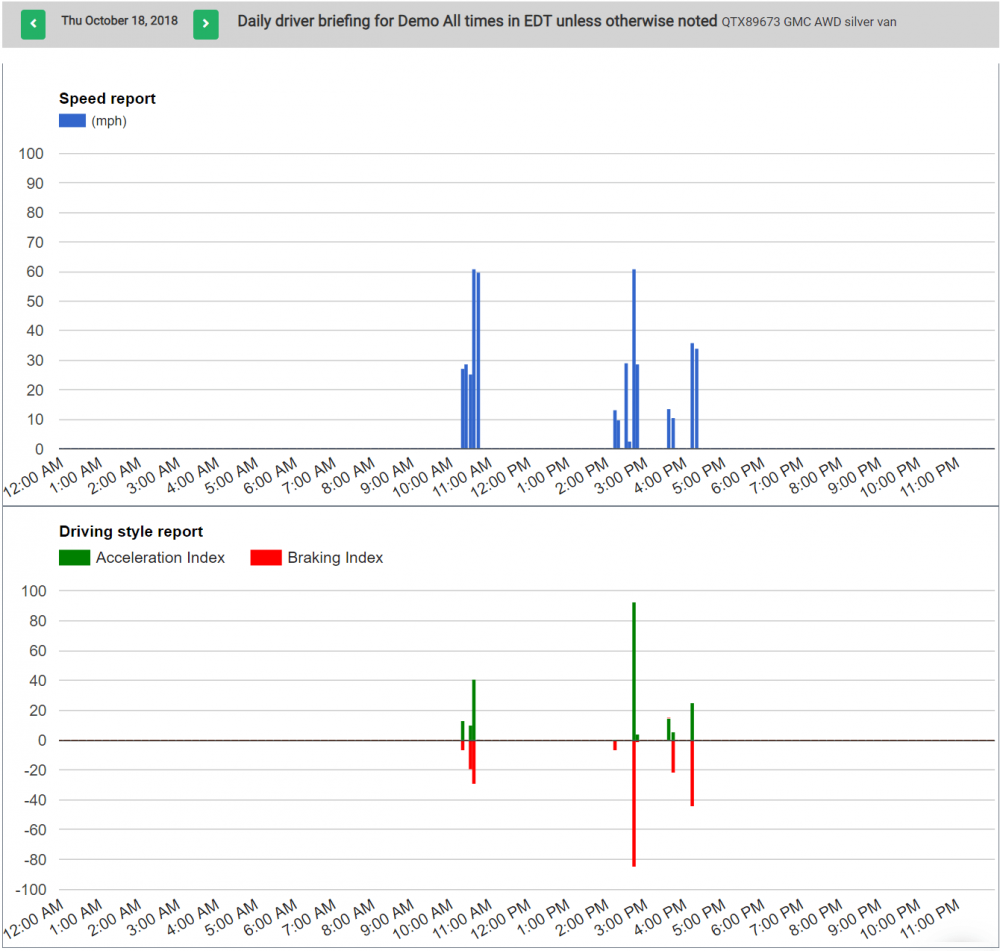See for yourself how Quartix works with our fully interactive real-time demo.
Eco-driving, or energy-efficient driving, is a way of driving that reduces fuel consumption and CO2 emissions, while decreasing the risk of accidents. For companies who adopt eco-driving, it can lead to significant savings, both in terms of fuel use and vehicle maintenance.
Embarking on an eco-driving initiative requires thought, planning, and awareness. The idea is for employees to drive smarter and better and to develop good driving practises. There are two points within a journey where simple actions will ensure that you and your employees are driving safely and efficiently.
Pre-trip checks
Before you get behind the wheel:
- Optimise your route – Vehicle tracking from Quartix can help you plan an optimal daily route by providing live tracking that integrates with Google Traffic, so your drivers can avoid roadblocks and areas of heavy congestion.
- Check your tyres – Check the pressure of your tyres at least once a month, and especially before long trips. Underinflated tyres increase rolling resistance, resulting in up to 5% more fuel consumption.
- Check the overall condition of your vehicles – A poorly maintained vehicle can increase your fuel consumption. For example, a clogged air filter fills the engine with dirty air, leading to a loss in power from the internal combustion mixture. Regular maintenance of your fleet saves money on fuel and maintenance and extends the life of your vehicles.
- Avoid unnecessary loads – The heavier a vehicle is, the more fuel it consumes. Avoid carrying or storing unnecessary equipment in your vehicles; this can lead to higher energy consumption.


On the road
When driving, be sure to:
- Use air conditioning wisely – Limit its use to just periods of extreme heat and consider venting the vehicle before starting your journey. At lower speeds, open the vehicle’s windows instead of using air conditioning. However, at higher speeds, it’s more fuel efficient to use the air conditioning.
- Adopt an economical driving style – A good driving style with minimal speeding or instances of harsh braking or acceleration helps reduce fuel consumption. Sudden acceleration and braking require a lot of energy and lead to excessive fuel consumption. Maintain a steady speed and keep a safe distance between your vehicle and others to avoid having to brake suddenly. You can monitor driver performance through Quartix’s driving style reports.
- Avoid over-revving – To avoid overloading your engine, change gears around 2,500 rpm (2,000 rpm for a diesel vehicle). By using your engine optimally, you can reduce your fuel spend by a significant amount.
- Turn off the engine once the vehicle is parked – If you will be stopping for more than 20 seconds, it’s better to switch the engine off and restart, rather than let the vehicle idle.
Eco-driving is an easy way to cut fuel costs and safeguard your fleet from unnecessary maintenance expenses, while contributing to the global effort to reduce harmful CO2 emissions.

